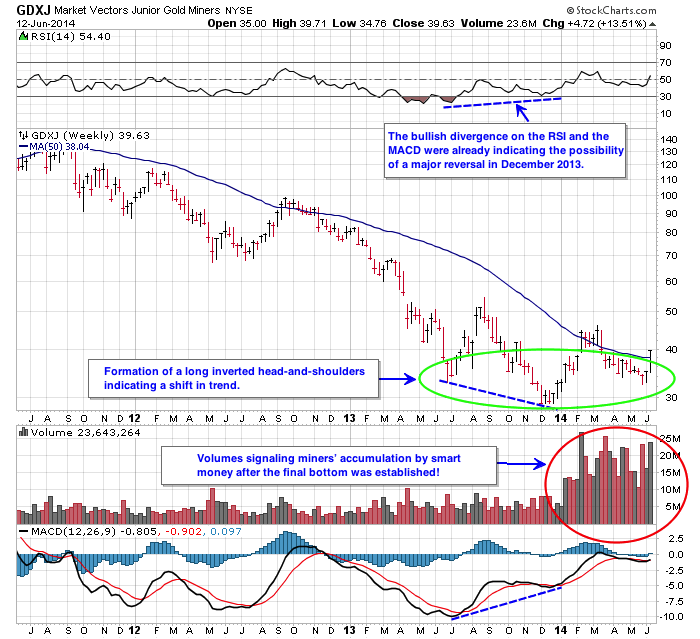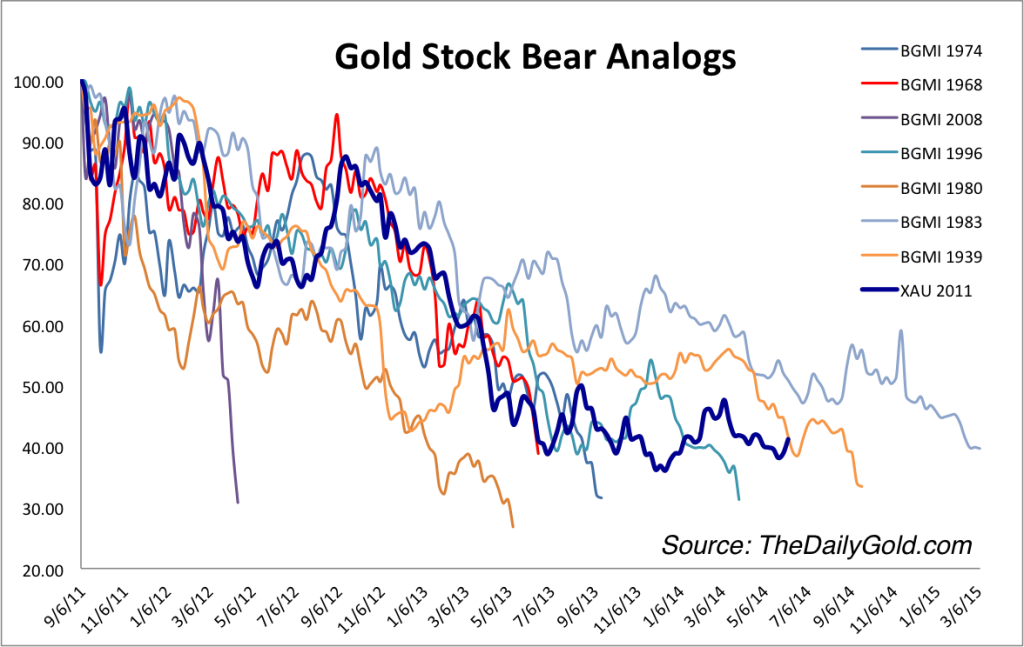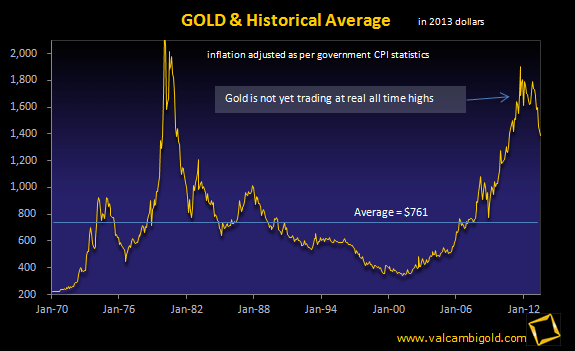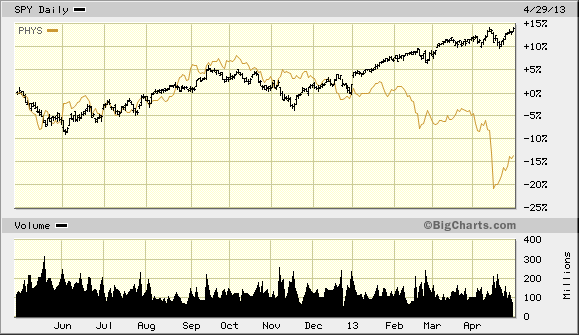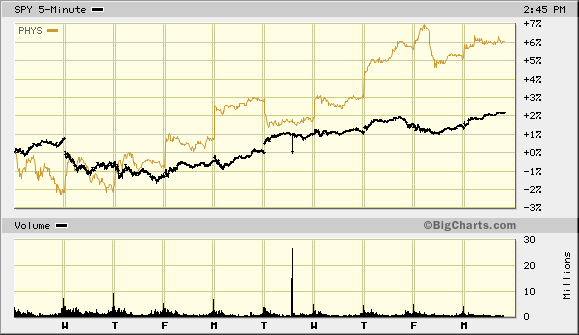
Only a sudden, improbable drop in society’s rate of time preference (read: real interest rate) would allow stock-market indexes, in the absence of credit expansion, to jump to a new, consolidated level, from which point, at most, slow gradual stock-market growth could take place. Thus continuously prolonged stock-market booms and euphoria are invariably artificial and fed by credit expansion. Moreover such episodes of euphoria encourage the public to postpone consumption for the short-term and invest cash balances in the stock market. Therefore while expectations of stock-market booms fed by credit expansion last, the crisis and recession can be temporarily postponed. This is what happened at the end of the 1990s, before the severe stock-market adjustment of 2000-2001…..Therefore–and this is the most important conclusion–uninterrupted stock market growth NEVER indicates favorable economic conditions. Quite the contrary: all such growth provides the most unmistakable sign of credit expansion, un-backed by real savings, expansion which feeds an artificial boom that will invariably culminate in a severe stock market crisis. Source: The Stock Market, Credit and Capital Formation by Machlup
Reader’s Question on Adjusted PEs
I would like your opinion on an original (?) issue I have with the Shiller PE10 index. I wrote a blog post on that subject (and I merely did it to get feedback):
I had seen too many Shiller PE10 indices, and investment decisions which depend on it (last one being the GMO Capital “13th Labour of Hercules” White Paper). Found here: JM_13thLabourofHercules_11122 (1)
In a nutshell: P/E10 is used where the denominator is inflated by official CPI-U, which has changed definition over time, with a wide convergence compared to the inflation indicated by a historic (1980, 1990) CPI-U index definition.
If you recalculate the Shiller PE10 with earnings inflated with “real inflation” (which I did in my post), you get 17 instead of 22 for today (roughly).
My post on PE: http://volatilitysmirk.blogspot.fr/2012/12/an-issue-with-shiller-pe10.html
John Chew’s reply: I applaud your efforts to correct a distortion but any government aggregate is flawed. See article on the CPI below. Your adjustment may be less flawed but still you may not have a worthwhile tool/indicator. I mostly focus on individual companies and disregard discussions on market P/E. First the P is distorted by the FED and the Earnings are distorted by GAAP accounting. I would rather spend time on understanding the quotation (under the cartoon) on the stock market.
Hint: I highly recommend that you read this book: Stock Market, Credit, and Capital Formation
The above book is crucial to understanding the credit cycle’s influence on the stock market!
I don’t have a clue on how to advise you. However you go here and read Crestmont’s discussion on adjusted PEs.
http://www.crestmontresearch.com/
PE Report Oct 2012 Revised_Crestmont, Secular Bull Markets in perspective PE, Secular PE Bear Market, and Siegel s Shortfall on PE
Also, any aggregate number is distorted–see comments on the fantasy of using Gross Domestic Product as an indicator for economic growth.
What is up with GDP? http://mises.org/daily/770
The proper way to measure an economy http://mises.ca/posts/articles/gdp-and-the-proper-way-to-%E2%80%9Cmeasure%E2%80%9D-an-economy/
Should we believe in GDP?: http://mises.org/daily/3843
—
What is wrong with the CPI http://mises.org/freemarket_detail.aspx?control=368
August 2001
Volume 19, Number 8
What’s Wrong with the CPI?
William L. Anderson
One thing that has achieved Holy Writ with economists and politicians is the Consumer Price Index, or the CPI. Each month, people from Alan Greenspan to traders at the New York Stock Exchange to the economist in the Economics 101 prison await the latest announcement from the US Department of Labor that tells us the change in “consumer prices” from the previous month.
Many folks make very important decisions after hearing this number, since it supposedly measures the “rate of inflation.” If the change in the price index is “too high,” then the Federal Reserve Board of Governors might vote to increase the Fed’s discount rate. Likewise, high numbers will also trigger a giant sale of stocks on Wall Street, as traders anticipate higher interest rates, which both eat into profits and provide safer avenues of investment through interest-bearing securities.
Economists depend upon the CPI when taking time-series measurements of financial instruments, since such measurements can only sense if they are expressed in “constant” money terms. For example, the 11,000-point Dow Jones Industrial Average of today is not 11 times the value of the 1,000-point Dow of 1969 because the relative value of the US dollar has declined by about fourfold in the past three decades, according to the CPI.
Given that the US government has made war on money for most of the past century, one cannot blame those who make a living from financial instruments to want a consistent measure of value over time. Like most products coming from the bowels of government offices, however, the CPI should be tagged with warning labels. Furthermore, one should remember that economists and politicians often use the CPI dishonestly.
The first thing to keep in mind is that the CPI is not an economic variable. It is a statistic that at best gives an inaccurate picture of an economic phenomenon: inflation. To calculate the monthly CPI, the USDepartment of Labor takes a weighted average of prices of various things that consumers purchase, and then its statisticians try to figure out the various proportions of different items in a “mythical” household budget. For example, the statisticians may hold that housing costs are 30 percent of household expenditures, food costs 20 percent, gasoline another 15 percent, and so on.
Armed with the proportional spending of the “average” household, the statisticians then assign that percentage to price changes of each item. Obviously, the higher the percentage of a household budget for a certain item, the more “influential” that item may be. For example, if gasoline prices rise sharply, then those particular price increases are seen as “fueling inflation” (no pun intended).
It is easy for the observer to see that the CPI can perpetuate the myth of “cost-push” inflation, in which the cause of rising prices is, well, rising prices. Indeed, many evening news broadcasts on the new CPI figures will begin with something like, “Increases in gasoline prices have helped ignite a new round of inflation, the Labor Department reported today.”
Furthermore, the portrayal of the “official” version of inflation as an average causes other mischief as well, the most noticeable being the classification of the prices of some goods and services as “rising faster than the rate of inflation.” The implication of such a statement is that if the price of something increases at a faster rate than the increase in the CPI, then something illegitimate must be occurring. Soon afterward, politicians begin to call for price controls, and then the real damage to the economy begins.
As economists and others of the Austrian School understand, inflation occurs when the value of money declines relative to the goods and services it can purchase. In other words, inflation is a monetary phenomenon, not a price phenomenon. Prices go up because inflation is happening, not the other way around.
During a period of inflation, prices of some things increase more rapidly than prices of others. For example, during the last decade, money prices of gasoline and food have increased, while personal computer prices have fallen. That does not mean computers are impervious to inflation, but rather that inflation affects different items in different ways. Furthermore, without inflation, computer prices would have fallen even further.
What, then, is the real rate of inflation if the CPI is inaccurate? The truth is that there is no good way to gain a true measure of inflation, especially in this era when the Federal Reserve System is flooding the economy with new dollars. All we can say for certain is that inflation, with all its evils and distortions, has become what seems to be a permanent part of our economy.
___________________________
William L. Anderson, adjunct scholar of the Mises Institute, teaches economics at Frostburg State University (anderwl@ prodigy.net).



